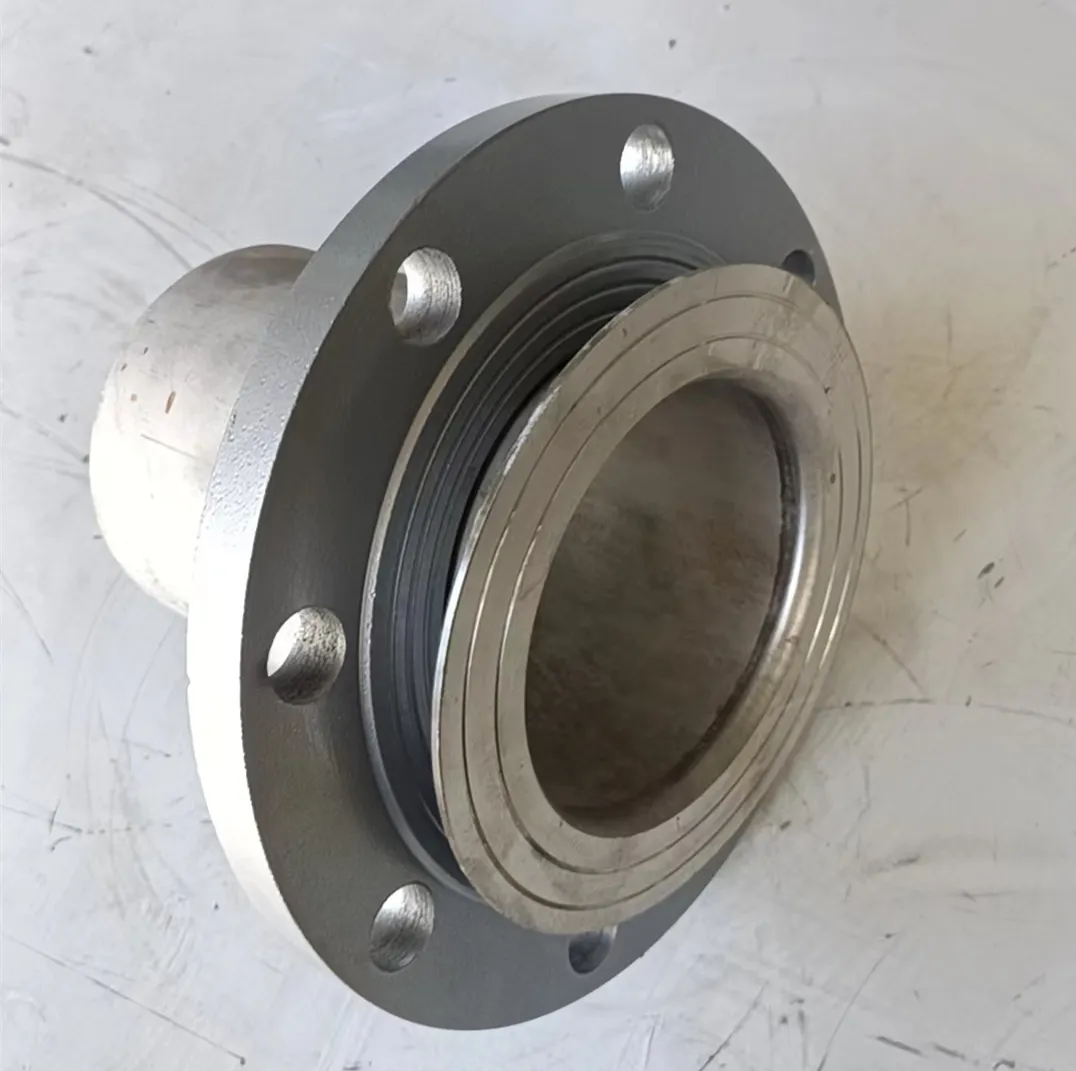loading...
- No. 9, Xingyuan South Street, Dongwaihuan Road, Zaoqiang County, Hengshui, Hebei, China
- admin@zjcomposites.com
- +86 15097380338
- Welcome to visit our website!
Innovative Solutions for Effective Wastewater Treatment Equipment and Technologies
Wastewater Treatment Equipment A Key to Sustainable Water Management
In an era where water scarcity is becoming increasingly prevalent, the importance of effective wastewater treatment cannot be overstated. Wastewater treatment equipment plays a vital role in reclaiming, treating, and converting wastewater into reusable water, thereby contributing to sustainable water management practices. This article explores the different types of wastewater treatment equipment, their functions, and their significance in protecting our water resources.
Types of Wastewater Treatment Equipment
1. Preliminary Treatment Equipment This stage involves the removal of larger solids and debris from wastewater before it undergoes further treatment. Equipment such as bar screens, grit chambers, and separators are commonly used. Bar screens filter out large objects, while grit chambers settle out sand and gravel, preventing damage to downstream equipment.
2. Primary Treatment Equipment After preliminary treatment, primary treatment focuses on settling out suspended solids and reducing the biochemical oxygen demand (BOD) of the water. Clarifiers or sedimentation tanks are essential in this process. They allow heavier solids to settle at the bottom while lighter materials scum float to the surface.
3. Secondary Treatment Equipment This stage utilizes biological treatment techniques to degrade dissolved organic matter in wastewater. Common equipment includes activated sludge systems, aeration tanks, and trickling filters. In activated sludge systems, microorganisms consume the organic contaminants, while aeration tanks supply oxygen to facilitate this process. Trickling filters use a media surface area for microbial growth to break down waste.
4. Tertiary Treatment Equipment The final treatment phase aims to polish the water further, ensuring that it meets regulatory standards for discharge or reuse. Tertiary treatment technologies may include filtration (sand or membrane), disinfection (chlorination or ultraviolet light), and advanced oxidation processes. Equipment used in this stage is crucial for removing residual nutrients, pathogens, and contaminants.
5. Sludge Treatment Equipment The byproduct of wastewater treatment is sludge, which must also undergo treatment. Equipment like anaerobic digesters and belt filter presses are employed to reduce sludge volume and stabilize it for disposal or reuse, such as for generating biogas or as a soil amendment.
Significance of Wastewater Treatment Equipment
waste water treatment equipment

The implementation of advanced wastewater treatment technologies is essential for several reasons
- Environmental Protection Treated wastewater minimizes the discharge of harmful substances into natural water bodies, preventing pollution and protecting aquatic ecosystems.
- Water Reuse Proper wastewater treatment allows for the recycling of water, which can be reused for irrigation, industrial processes, or even potable water solutions in areas facing water scarcity.
- Health and Safety By effectively treating wastewater, we mitigate health risks associated with pathogens and harmful chemicals, safeguarding public health.
- Compliance with Regulations Wastewater treatment equipment helps municipalities and industries comply with environmental regulations, avoiding hefty fines and contributing to a healthier ecosystem.
- Economic Benefits Investing in wastewater treatment technologies can lead to long-term savings by reducing water acquisition costs, minimizing environmental damage, and fostering sustainable practices.
Conclusion
Wastewater treatment equipment is an integral part of modern water management systems, ensuring that wastewater is effectively treated and managed. With the looming challenges of climate change, population growth, and water scarcity, investing in and improving wastewater treatment technologies is crucial. By adopting more efficient equipment and innovative practices, we can achieve sustainable water resource management, protect the environment, and promote public health for future generations.
-
The Rise of FRP Profiles: Strong, Lightweight, and Built to LastNewsJul.14,2025
-
SMC Panel Tanks: A Modern Water Storage Solution for All EnvironmentsNewsJul.14,2025
-
GRP Grating: A Modern Solution for Safe and Durable Access SystemsNewsJul.14,2025
-
Galvanized Steel Water Tanks: Durable, Reliable, and Ready for UseNewsJul.14,2025
-
FRP Mini Mesh Grating: The Safer, Smarter Flooring SolutionNewsJul.14,2025
-
Exploring FRP Vessels: Durable Solutions for Modern Fluid HandlingNewsJul.14,2025
-
GRP Structures: The Future of Lightweight, High-Performance EngineeringNewsJun.20,2025
